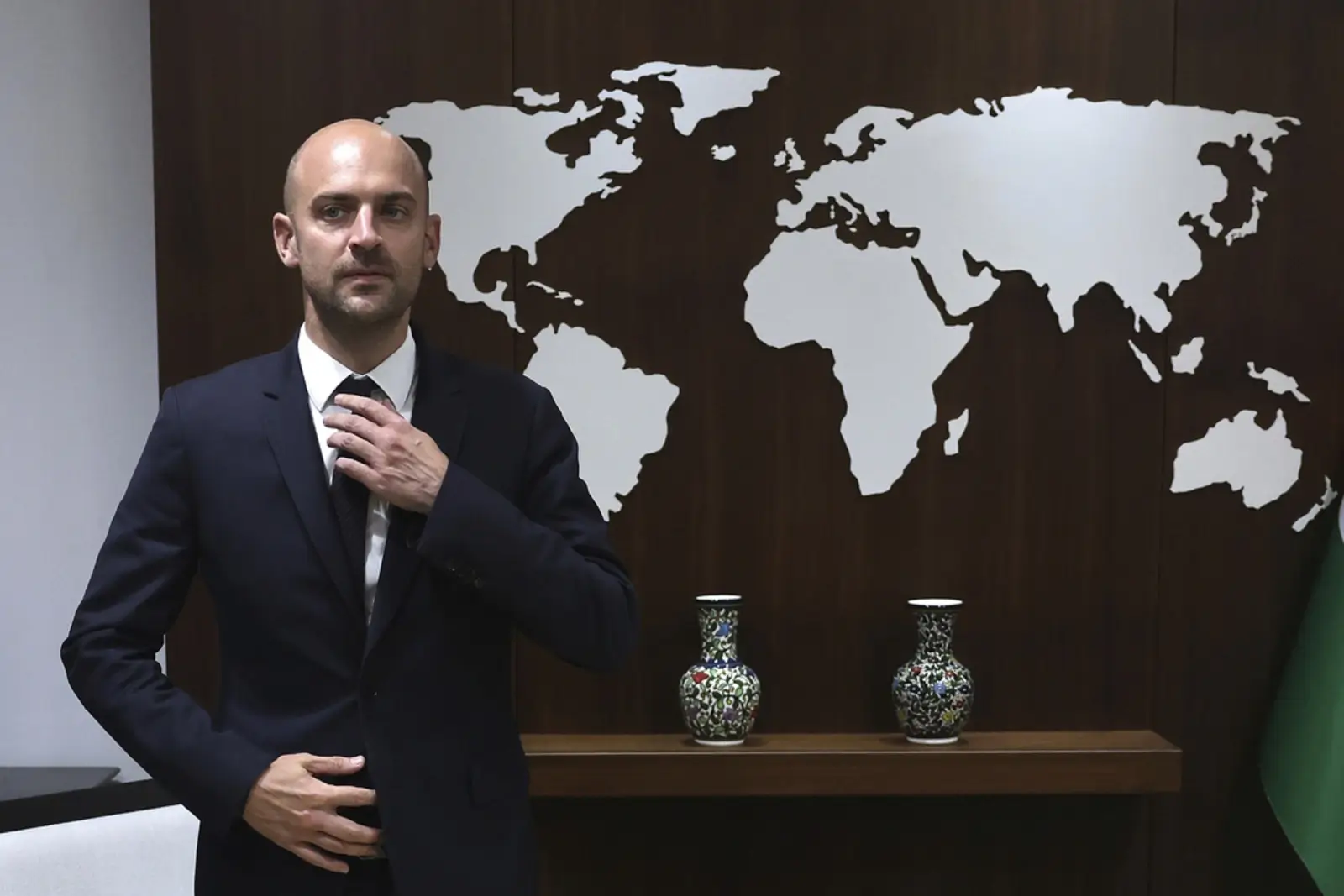What is France's type of government?
It's a fascinating and occasionally bizarre hodgepodge of tradition and modern governance that really sets it apart on the world stage in terms of politics.
Let's take a deep dive into the beating heart of French politics and take a closer look at its structure and history!
By the way, if you're heading to France, grab an iRoamly France travel eSIM to stay connected and share your adventures.

What Type of Government Does France Have?
France operates a system that's called semi-presidential, meaning it has a combination of traits from both presidential and parliamentary systems. This allows a relative balance of power between the President and the Parliament when it comes to actually running the country.
At the heart of the French government is a bicameral parliament, consisting of two separate but equal institutions – the National Assembly and the Senate. The National Assembly is the primary legislative body and is directly elected by the people, while the Senate is more concerned with regional interests and is elected by various regional and local representatives.
This setup allows a dual focus on representing both the nation as a whole and its component regions and locales.

When the constitution of the Fifth Republic was established in 1958, it enshrined what's known as a rationalized parliamentary system, intended to prevent the government from being easily overthrown by parliament and boosting stability.
A 2008 reform, however, slightly shifted the balance of power back towards parliament, making the role of the National Assembly more powerful and enhancing its scrutiny of the government.
This ensures a flexible separation of powers, with the government answerable to parliament and the latter able to dissolve the National Assembly.
Are There Other Countries with Similar Government Systems?
Several other countries run semi-presidential systems similar to France, with the dual head of state and head of government characterized by distinct but interrelated roles and powers.
Portugal: Again, a semi-presidential system akin to France's, with the President wielding significant influence but executive power is shared with the Prime Minister.
Russia: Another semi-presidential system, although power is more heavily weighted toward the presidency.

Finland: Here, the system is more akin to dividing power equally between president and parliament, as in France.
Composition of the French Government
At the helm of the government is the Prime Minister, appointed by the President, who leads the administration and is responsible for driving national policy.

The government is composed of various officials including the minister of finance, minister of the interior, minister of foreign affairs, minister of european affairs, and minister of defense, each handling different sectors of public administration.
French Government Lineup for 2024
Information current as of September 22, 2024
The key figures of the French government, who handle the day-to-day administration of the country:
Prime Minister: Michel Barnier
The head of government, Prime Minister, manages the administration of the country in order to carry out the direction of national policy, as set by the President.

Currently, the office is held by Michel Barnier. Based as the Elysee Palace, the French government also includes the following:
Finance Minister: Antoine Armand
A newcomer in political circles, the centrist party representative is taking on the role of France’s Finance Minister, having served as a deputy since 2022. He previously supported Macron’s government from outside parliament.
Interior Minister: Bruno Retailleau
A figure of the right, Bruno Retailleau has been a Senator for the right-wing Republicans party since 2004, and brings knowledge of far-right policy to his role over immigration and security matters at the Ministry of the Interior.

European Affairs Minister: Benjamin Haddad
Whispering in a White House ear can sometimes pay career dividends, and Benjamin Haddad’s fluent English and establishment contacts extend to DC, as well as London and Berlin.
Foreign Minister: Jean-Noel Barrot
Grandson of a former Senator and Prefect, Jean-Noel Barrot takes on the role of Foreign Minister having previously dealt with digital policy under President Macron.

Defense Minister: Sebastien Lecornu
Finding success as a right-wing character in President Macron’s centrist party, Sebastien Lecornu stepped up to serve as a junior minister before taking control of the Ministry of Defense, overseeing national security and armed forces strategy.
A Glimpse into French Political History
When was the monarchy abolished and who was France's last king?
The French monarchy unraveled in the throes of the French Revolution, with the head of state, Louis XVI, being King of France at the time of its dissolution. Though he led the country until 1791, the uprisings and insurrections of the period saw him deposed, then executed in 1793, replacing centuries of hereditary rule with republicanism.

When did France become a democracy?
France's birth as a democracy came in fits and starts in the wake of the French Revolution, but the establishment of the Third Republic in 1870 proved the most significant, following the fallen empires and restored monarchies in both the revolution's own aftermath and the wake of the First Empire of Napoleon.
When was France unified as a single nation?
The idea of the nation-state was introduced in the 1791 Constitution of the French Revolution, establishing France's borders and identity as a truly singular entity for the first time in its history.
Conclusion
Understanding the French government is a keyhole gaze into how one of the world's most prominent nations has crafted a system choate with its past trials and present demands.
France is a heady mix of tradition, innovation and republicanism – now you know how its system works.
Stay tuned for more France facts!
